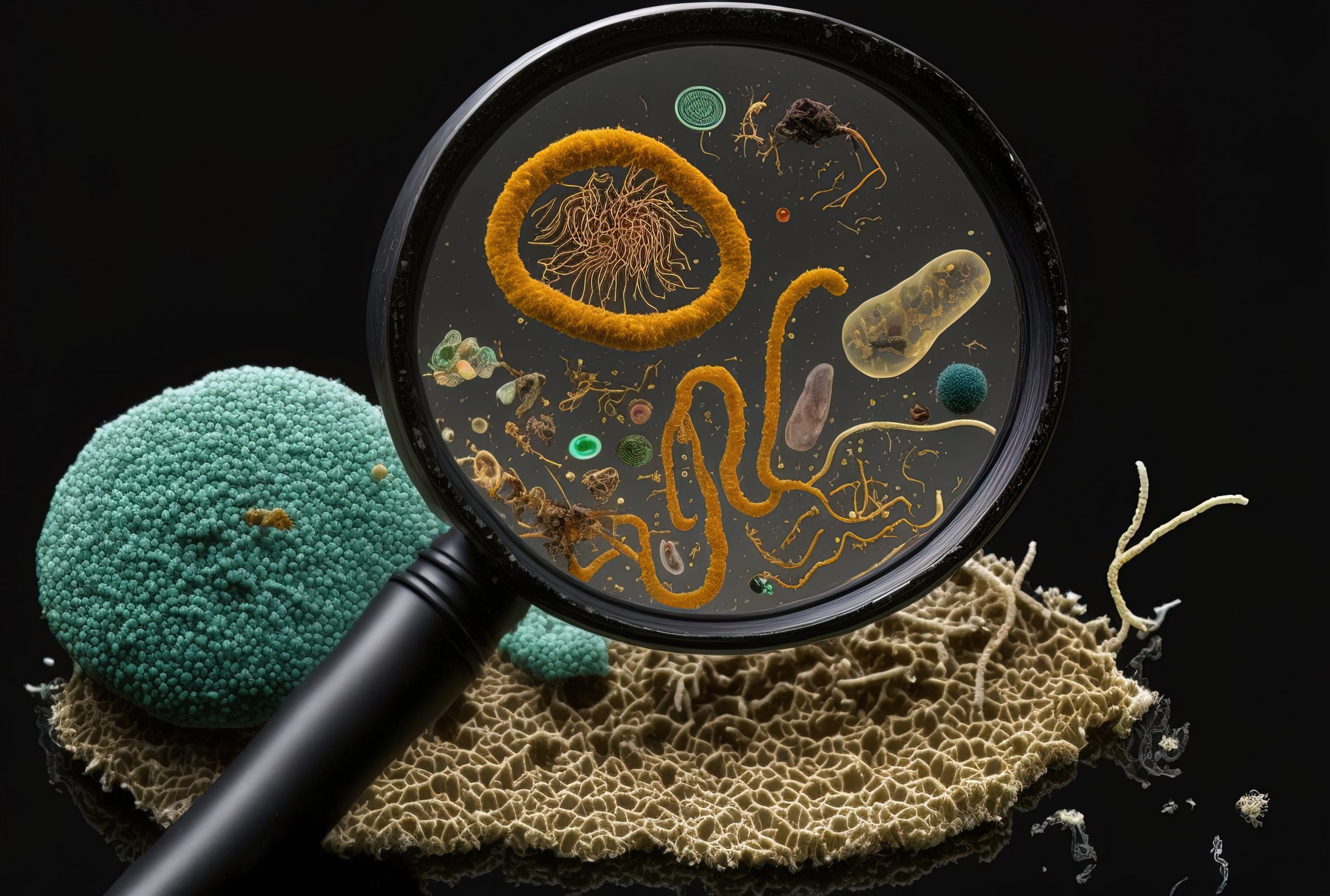UV BIOCLEAN
Content

The World Health Organization (WHO) considers candida auris to be a significant health threat because:
- It has developed resistance to multiple antifungal medications commonly used to treat fungal infections, which makes it more challenging to treat infections caused by this pathogen, leading to higher morbidity and mortality rates.
- Candida auris has rapidly spread across different regions of the world, including healthcare facilities. It has the ability to persist on surfaces and withstand typical disinfection practices, making it difficult to control outbreaks and prevent transmission.
- It primarily affects those with compromised immune systems and/or receiving care in hospitals, nursing homes, and long-term care facilities. Infections caused by this pathogen can be severe, often resulting in bloodstream infections and other life threatening conditions.
- It may be misidentified or not easily distinguishable from other Candida species using traditional laboratory techniques, leading to delays in diagnosis and treatment.
Heightened surveillance, infection prevention measures, and research efforts are crucial in addressing the threats posed by this emerging fungal pathogen.
The table below provides the time required to reach a 99% deactivation at 9 feet for various pathogens.


Multiple Studies Validate the Effectiveness of UV-C Light
As we continue to navigate the challenges posed by various pathogens, the use and effectiveness of adding UV-C light to standard cleaning protocols for air and surfaces in various industries has gained significant attention. UV-C light is part of the ultraviolet spectrum, has the shortest wavelength (254 nanometers) and the highest energy, and disrupts the DNA and RNA of these pathogens, rendering them unable to replicate. Studies have proven the effectiveness of UV-C light in air purification and the reduction of harmful airborne pathogen transmission, mold, bacteria and viruses.
- In a study conducted by the American Society of Heating, Refrigerating and Air-Conditioning Engineers (ASHRAE), UV-C technology significantly reduced microbial contamination in air handling units and improved indoor air quality.
- Research published in the Journal of Hospital Infection indicates that UV-C light effectively neutralizes drug-resistant superbugs, including methicillin-resistant Staphylococcus aureus (MRSA) and vancomycin-resistant Enterococcus (VRE).
- Research published in Scientific Reports found that UV-C light effectively inactivated surface-dried influenza viruses within seconds. The same study demonstrated that UV-C light could neutralize aerosolized influenza viruses.
Adequate system design and ensuring that UV-C fixtures are correctly installed, positioned, and regularly maintained is essential to optimal results. Human exposure to direct UV-C light should be minimized, as prolonged exposure can lead to skin and eye irritation.
UV-C lighting has been demonstrated to effectively disinfect and eliminate harmful microorganisms.
As outlined below, the results of using Ultraviolet Germicidal Irradiation (UVGI) warrant the consideration by healthcare facilities to use this technology to combat infectious diseases. These results also validate the value proposition of UV-C lighting in various sectors, such as the healthcare, hospitality, and food industries as we strive to create safer and cleaner spaces.
- The CDC’s article, “Effectiveness of (UVGI) in Reducing Resident Colonization and Environmental Contamination with Methicillin-Resistant Staphylococcus aureus (MRSA) in a Long-Term Care Facility“, UV-C lighting significantly reduced the contamination levels of MRSA in patient rooms and common areas of long-term care facilities.
- The NIH’s article, “Inactivation of the Ebola Virus with a Surfactant-Dispersed Subphthalocyanine Fluor in the Presence of Ultraviolet-A Light” demonstrates that the use of specific wavelengths of UV-C light inactivated the Ebola virus.
UV BIOCLEAN will keep you updated on critical research and guidelines provided by various key organizations.

